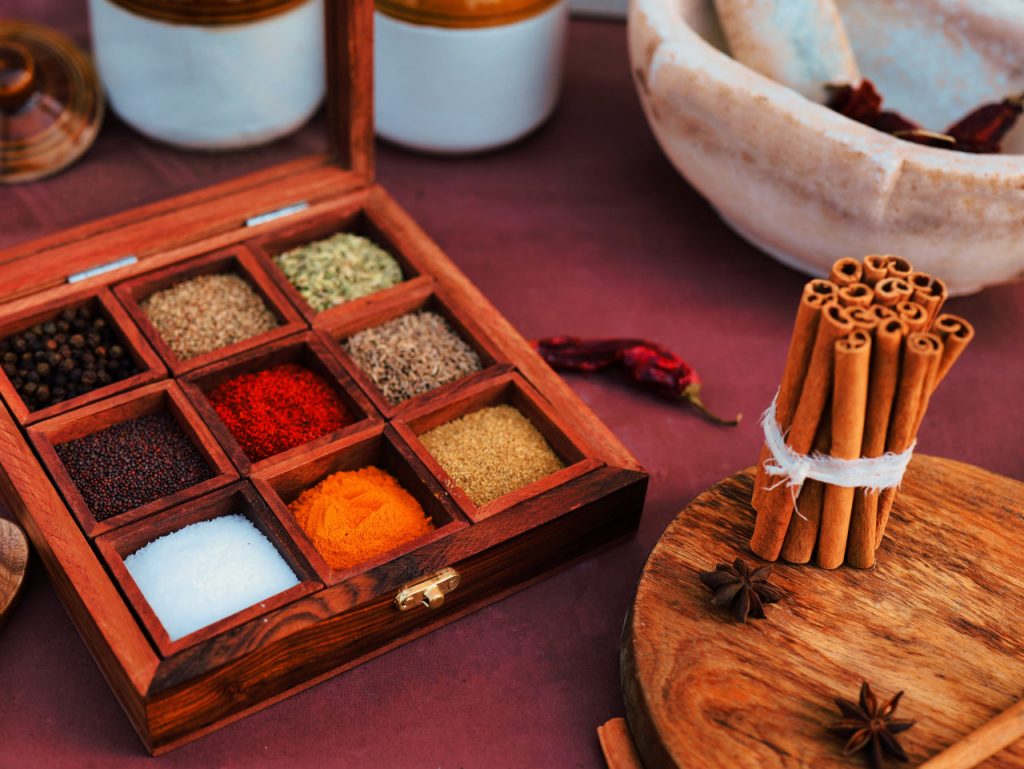Spices are the secret behind the bold, aromatic flavors in many dishes, and mastering the art of blending them can elevate your cooking to new heights. Whether you’re cooking a curry, a stew, or a salad, understanding how to combine spices can unlock endless culinary possibilities. If you’re new to spice blending, this guide will walk you through the basics, helping you gain confidence in the kitchen.
Understanding Spice Pairings
The key to creating delicious spice blends lies in knowing how different spices interact with each other. Some spices have complementary flavors, while others balance each other out. For example, cumin and coriander are often paired together because they share earthy undertones, which creates a rich, grounded flavor. Meanwhile, spices like cinnamon and nutmeg provide a sweet, warm contrast that enhances desserts and baked goods. The more you learn about spice profiles, the more easily you’ll be able to combine them in creative ways.
Start with Pre-made Spice Blends
If you’re just beginning your spice-blending journey, don’t worry! There are plenty of pre-made blends that you can use as a starting point. Curry powder, garam masala, ras el hanout, and taco seasoning are all excellent examples of spice blends that work well in a variety of dishes. Experiment with these blends to get a feel for how spices work together before venturing into creating your own.
The Basics of Balancing Flavors
One of the most important skills in blending spices is achieving balance. Good spice blends are harmonious, with no one spice overwhelming the others. When combining spices, aim to mix flavors that contrast and complement one another. For example, a blend might combine the pungency of garlic or chili powder with the sweetness of cinnamon or ginger. Additionally, don’t forget the role of salt—just a pinch of salt can bring out the natural flavors of the spices and make your blend more rounded. To add depth and complexity, you can experiment with different acids, such as lemon juice, lime juice, or vinegar, which will bring a fresh, vibrant element to your blends.
Experiment and Get Creative
Once you feel comfortable with basic spice pairings and blending techniques, don’t be afraid to get creative! Try mixing unexpected spices, like cardamom with black pepper, or experimenting with fresh herbs like basil or cilantro to complement your spice blends. Over time, you’ll develop your own personal style, creating unique combinations that suit your taste.
The Benefits of Fresh Spices
While pre-ground spices are convenient, nothing compares to the freshness of whole spices that you grind yourself. Freshly ground spices have more intense flavors and aromatic oils, which make a noticeable difference in your cooking. Whenever possible, buy whole spices and invest in a spice grinder or mortar and pestle. This extra step will reward you with deeper, richer flavors in your dishes.
By understanding the basics of spice pairings, starting with simple blends, and balancing flavors effectively, you’ll be well on your way to mastering the art of spice blending. As you practice and experiment, you’ll develop a unique spice repertoire that will enhance every meal you prepare. So, next time you’re cooking, take a moment to think about how your spice blend can transform the dish—and enjoy the process of exploring new flavors!

